Innovative Equipment for Restaurants: Pioneering Sustainability in Dining
Sustainability is more important than ever when it comes to consumer buying power. In a recent article in Fortune magazine, it was reported that, despite the economic conditions, consumers continue to consider sustainability, with a third of them being willing to switch brands to buy from those taking steps to become more sustainable. When it comes to food and drink, four out of five consumers will choose products with a sustainability claim; this is especially true for the younger generations, most especially Gen Z.
The commercial fine dining restaurant industry is therefore undergoing a significant transformation towards sustainability. While media attention is largely focused on the food side of things – buying locally, becoming more plant-based etc – restaurant equipment also plays a crucial role in the sustainability revolution. Buying energy-efficient equipment for your restaurant kitchens means modern dining establishments are helping to meet the demands of environmentally conscious consumers.
The good news for chefs and restaurant owners is that installing more sustainable restaurant equipment can significantly decrease operating costs. An additional benefit is that adopting sustainable practices makes great PR for your commercial restaurant, café, bar or hotel, meaning you can capitalise on the consumer appetite for sustainability without compromising on pricing. A win-win all around!
What Makes Restaurant Equipment Sustainable?
Good question. Sustainability across any product group or sector can mean many different types of things.
There is a lot to consider when seeking sustainable restaurant equipment. This could be:
- The type of energy used e.g. gas vs. electric (or even hydrogen!)
- Energy efficiency of the product
- Water usage of the product
- Manufacturing process and raw materials used
- Location of manufacture
- Longevity or equipment lifecycle
- The ability to recycle or re-use
Generally speaking, all of these considerations for commercial cooking equipment and food processors will fall into Scope 2 or 3 emissions. At the moment, Scope 3 emissions are very difficult to measure in terms of sustainable restaurant equipment.
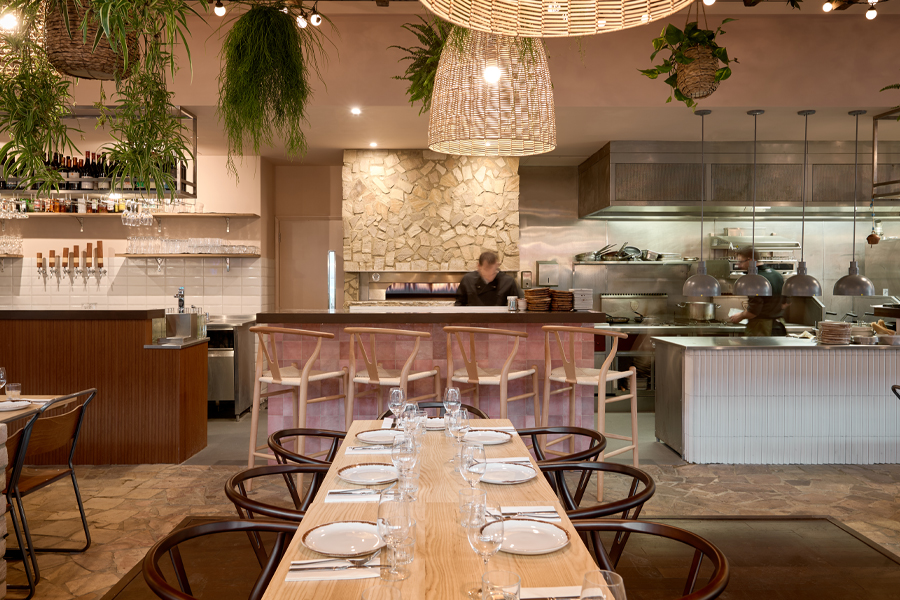
What’s more, it’s even more difficult to compare restaurant equipment for sustainability because there is no reporting standard for Scope 3 emissions. The only reporting standards that exist are for Refrigeration kWh usage per annum, which are Scope 2 emissions.
Therefore our sustainable restaurant equipment recommendations are based on Scope 2 emissions only.
So as an operator of sustainable equipment, what can you do to reduce your impact on Scope 2 emissions, water usage and other sustainability factors?
Read on to find out more.
Do you want reduce your reliance on gas within your commercial kitchen?
Energy-Efficient Commercial Kitchen Appliances
Energy-efficient commercial kitchen appliances can help you work towards sustainability. We know from our own customers that while reliability was the top concern when it comes to commercial kitchen equipment, energy efficiency came a close second.
The energy crisis of the past couple of years has brought the subject of running and operational costs to the fore. The happy consequence is that by finding ways to use less energy, your commercial kitchen also works towards becoming more sustainable.
Here are some of the different, cost-effective and sometimes simple ways of using less energy in your commercial kitchen:
Install LED Lighting
LED lighting uses up to 70% less energy and lasts up to 10 times longer compared to standard incandescent bulbs. A second advantage is that LED lighting emits less heat which will help create a more comfortable working environment.
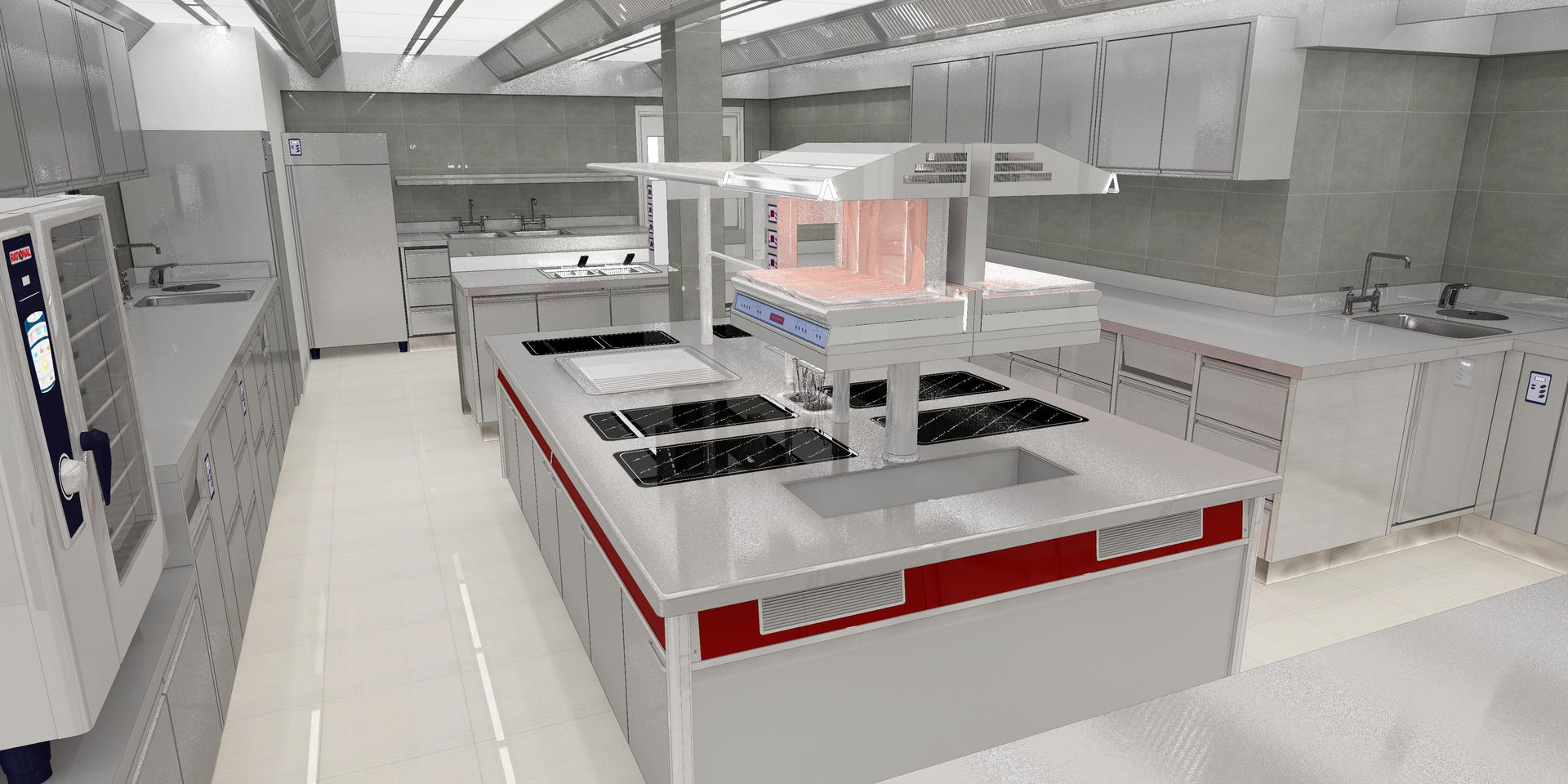
Replace Gas Equipment for Induction Technology
History tells us that gas cooking equipment in a commercial kitchen is often switched on at the start of the day and left on for the duration of service, whether they are in use or not.
This not only means you’re paying for wasted gas, it also creates an uncomfortably hot working environment, prompting the greater use of extraction and ventilation. Induction hobs are only on when they’re being used i.e. when the pan is in contact with the hob surface.
They can save you up to 70% on the cost of running your commercial kitchen, improve the air quality, and eliminate the risks from carbon monoxide. In addition, they are a lot easier to clean, requiring only soapy water rather than harsh cleaning chemicals.
Demand Based Ventilation
Extraction fans can be fitted with technology that varies the speed of your ventilation fan according to demand below.
Meaning if no one is cooking, the fan will run at a lower speed rather than always being at 100% capacity.
Did you know a fan running at 40% consumes only 6% of the energy needed to run it at 100%? This will add up to significant savings.
PVC Strip Curtains
Installing PVC strip curtains in your cold rooms is a cost-effective way to reduce energy consumption, as well as providing other benefits.
You can prevent between 80% – 90% of air loss compared to conventional doors with no curtain; so if you have lots of deliveries or cold room movements in your restaurant, the PVC curtains will help when the door is constantly open.
You’ll also see less frost build-up (reducing maintenance or breakdown callouts) and food spoilage as a result. The curtains can also help against dust and smoke entering the cold room, plus flies and insects. All important for food hygiene!
Appliances that Promote Sustainability
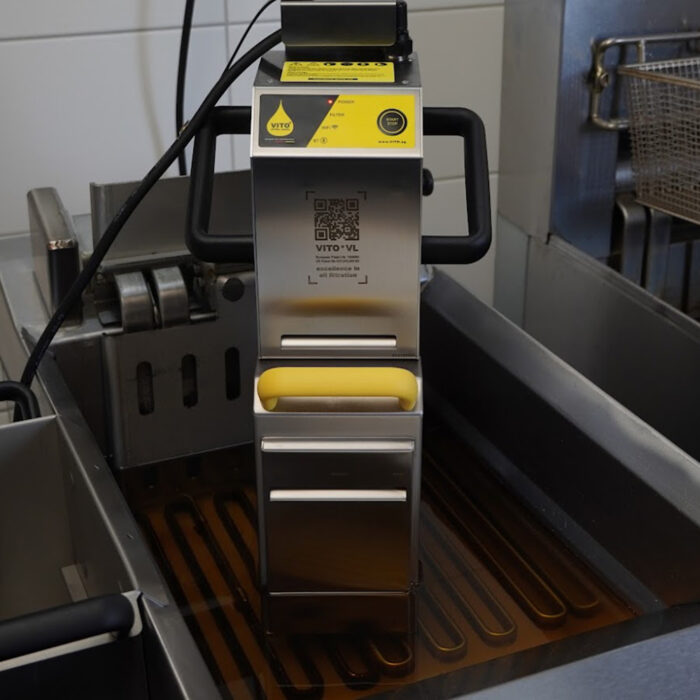
Vito VL Oil Filter System
The VITO VL oil filter system helps reduce the overall cost of your frying operation. The Vito VL gives you cleaner oil for better food quality, therefore reduces oil consumption by 50% of the amount of oil you use. Meaning you have less oil waste to dispose, reducing the amount of oil you need to buy (subsequently reducing oil delivery & collection emissions). The Vito VL works with the majority of fryer models and comes with a smart app to enable you to monitor usage. The dirty filter paper can be put into the biodegradable bin – an additional sustainability bonus!
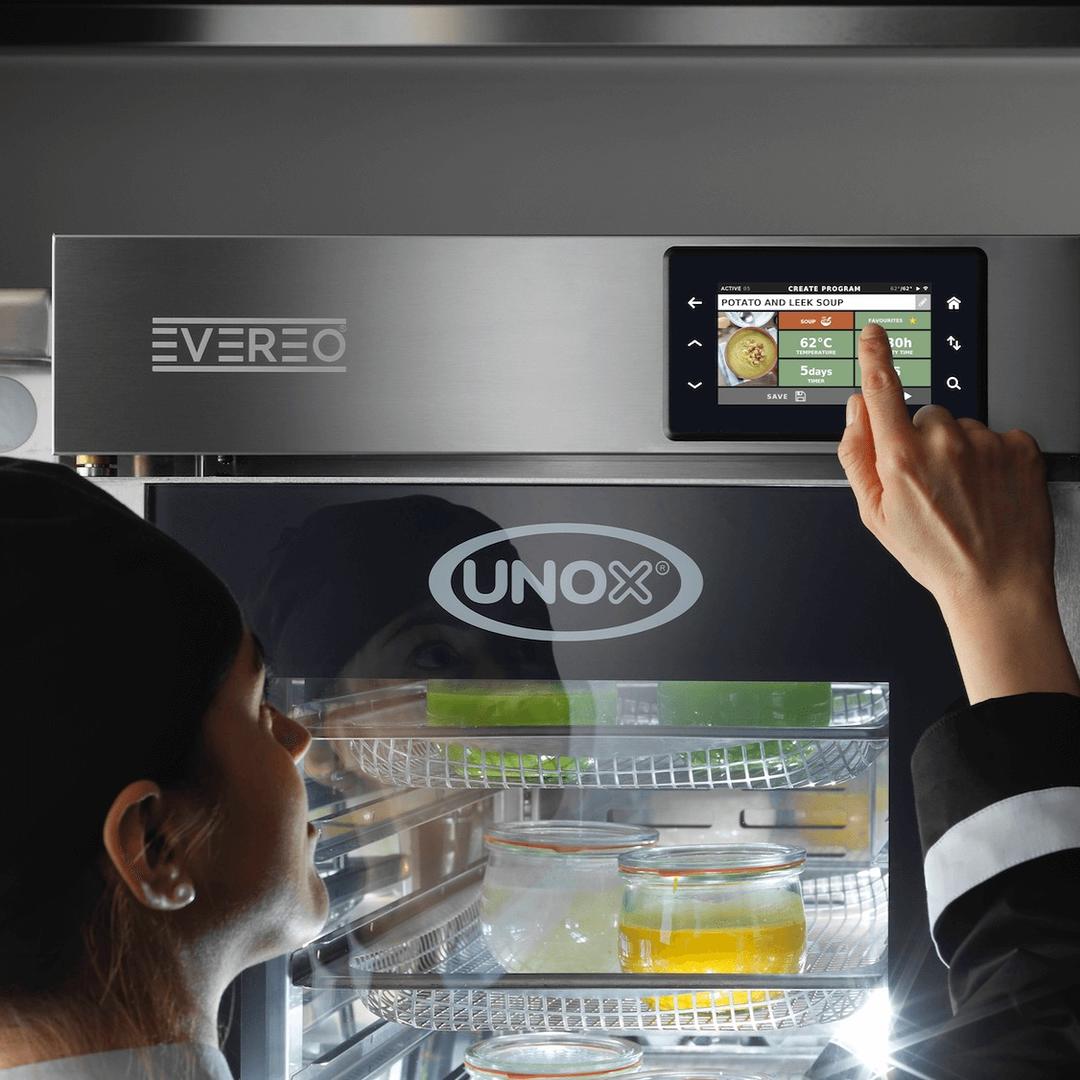
UNOX EVEREO® Hot Fridge
This innovative piece of technology preserves food at serving temperature, eliminating the need to refrigerate it and heat it again when it’s needed. It uses a combination of accurate temperature and atmosphere control that has the potential to preserve the food for days. It is one of the most effective sustainable food storage solutions, helping to eliminate food waste at the same time as being more energy-efficient and space-efficient than other ways of preserving food.
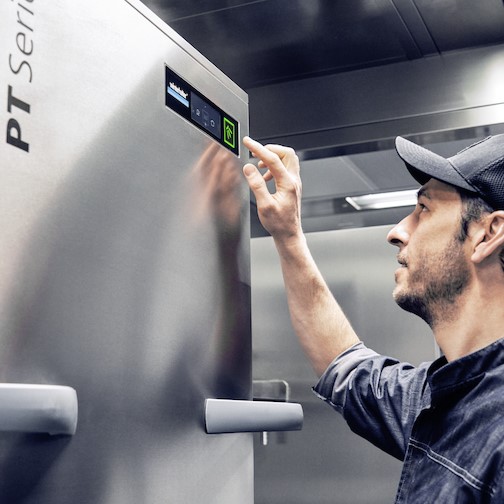
Heat Exchangers on Dishwashers Granuldisk X2 Lean Wash Center
Dishwashers are an essential part of any commercial kitchen and the Lean Wash Center’s dual, water-only wash power enables you to wash pans, dishes, cutlery, glassware and serveware with a minimum of pre-washing or scrubbing. This means you save water, energy and manpower at the same time as using fewer cleaning chemicals.
Do you want to save energy, reduce costs and increase efficiency?
Client Energy and Operational CO2 Savings
We have redesigned many commercial kitchens with efficiencies in mind, saving them thousands of pounds in operating costs, but more importantly, helping them reduce their carbon footprint and improve their sustainability credentials.
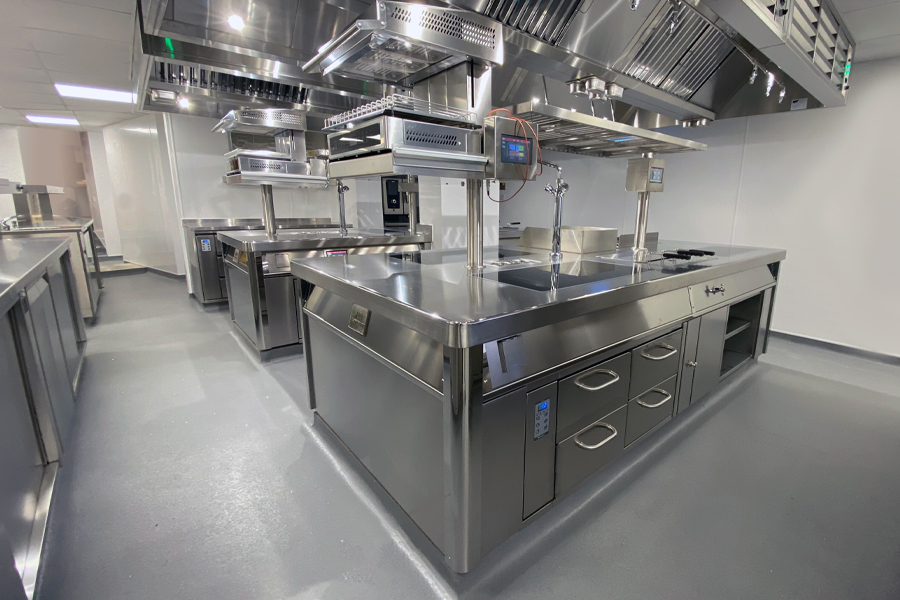
For example, we installed an all-electric energy-efficient commercial kitchen for The Sloane Club using induction hobs, energy management and remote refrigeration systems. This has saved them an estimated 97 tonnes of CO2 emissions per year, with energy savings of around 1,213 kWh a day. Over 10 years, we estimate it will have saved the business around £845k in inefficiencies.
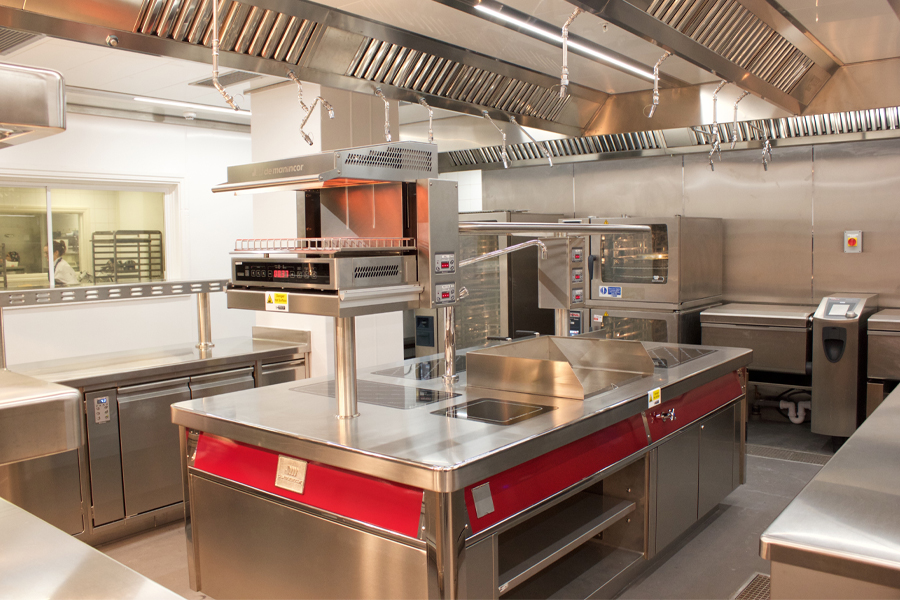
For the Rosewood Hotel in London, we replaced lighting with LEDs, replaced the ceiling and extractor systems, and installed induction hob technology in the banquet kitchen. We reused existing cooking equipment that was still in good working order, further enhancing the sustainability of the new kitchen. We also installed the DeManincor TCS – Total Control System – which allows staff to monitor energy consumption and control temperatures. The kitchen now uses a fraction of the energy that it used to.
What are the key considerations when selecting commercial ovens for a fine dining restaurant?
Ovens play a pivotal role in the efficiency and functionality of a restaurant kitchen. When choosing your catering equipment and ovens, several factors must be considered.
These include energy efficiency, cooking capacity, versatility in cooking methods (such as a convection oven, steam, or combination cooking), ease of cleaning and maintenance, durability, and compliance with safety regulations.
Additionally, the specific needs and menu offerings of the restaurant should be taken into account to ensure that the selected ovens can meet the demands of the kitchen operations effectively.
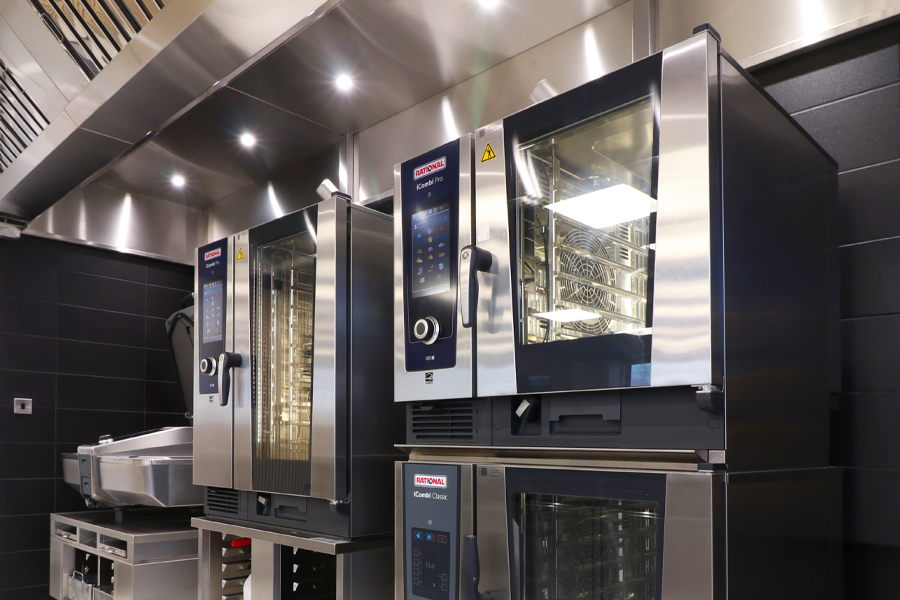
Sustainable Energy-Efficient Commercial Cooking Equipment
We hope this blog has been useful to help you understand how an energy-efficient commercial kitchen can help make your kitchen more cost-effective and support your sustainability message which may help to attract sustainability-conscious diners.
If you are looking for energy-efficient cooking equipment for your fine dining restaurant, café, hotel or commercial kitchen please do not hesitate to contact us to discuss! We can also help you with implementing energy management systems, and smart appliances or even discuss a completely new, operationally efficient design.
We are happy to provide a no-obligation review of your kitchen efficiency and suggest the right restaurant cooking equipment and tools for your business.

